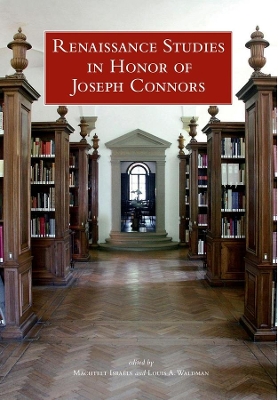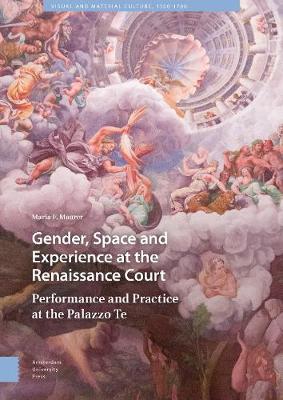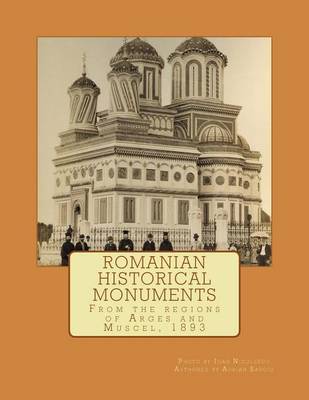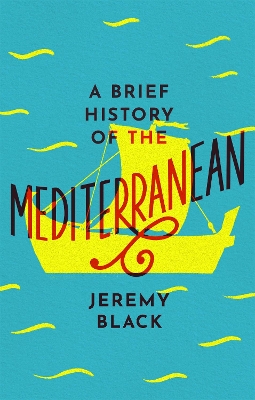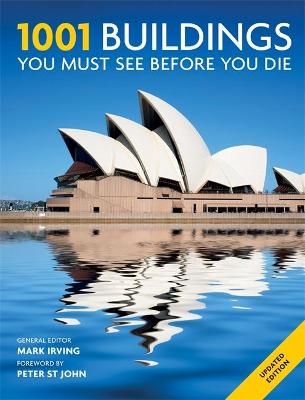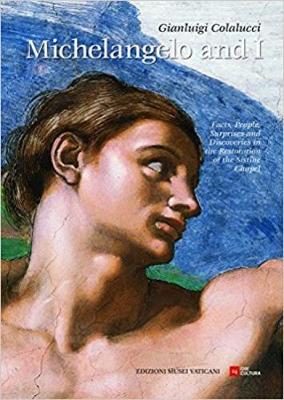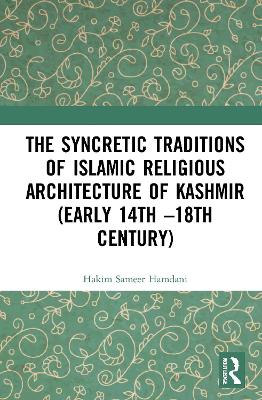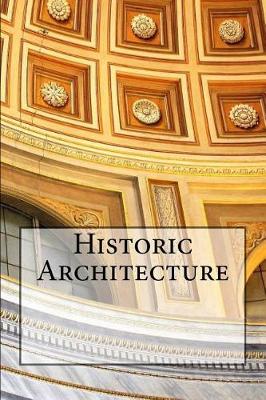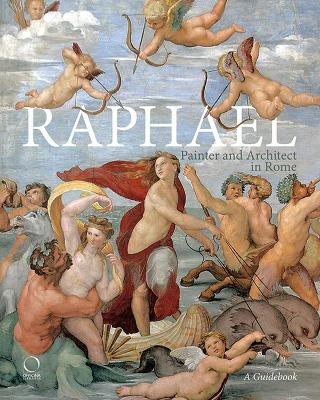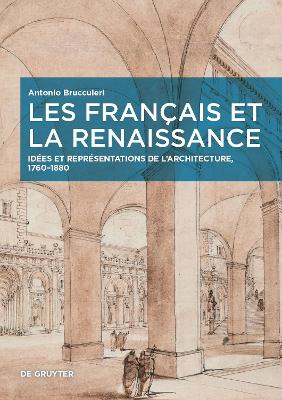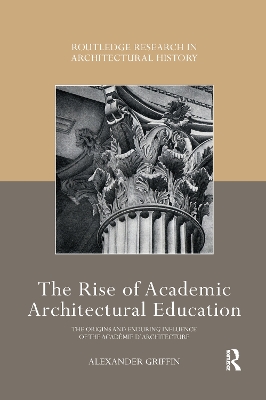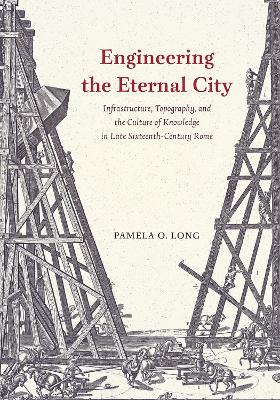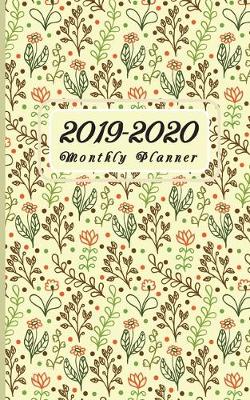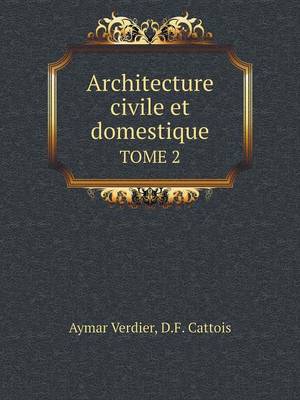The 177 essays in these two richly illustrated volumes represent the cutting edge of Italian Renaissance scholarship in nearly every one of its fields and were gathered to honor Joseph Connors, Director of Villa I Tatti from 2002 to 2010. Demonstrating I Tatti’s pivotal role as the world’s leading center for Italian Renaissance studies, the essays cover all the branches of art history, as well as many aspects of political, economic, and social history, literature, and music, from the early Renai...
Gender, Space and Experience at the Renaissance Court (Visual and Material Culture, 1300-1700, #9)
by Maria Maurer
Gender, Space, and Experience at the Renaissance Court investigates the dynamic relationships between gender and architectural space in Renaissance Italy. It examines the ceremonial use and artistic reception of the Palazzo Te from the arrival of the Holy Roman Emperor Charles V in 1530 to the Sack of Mantua in 1630. This book further proposes that we conceptualise the built environment as a performative space, a space formed by the gendered relationships and actors of its time. The Palazzo Te w...
A wonderfully concise and readable, yet comprehensive, history of the Mediterranean Sea, the perfect companion for any visitor -- or indeed, anyone compelled to stay at home.'The grand object of travelling is to see the shores of the Mediterranean.'Samuel Johnson, 1776The Mediterranean has always been a leading stage for world history; it is also visited each year by tens of millions of tourists, both local and international. Jeremy Black provides an account in which the experience of travel is...
Echters Werte
Der Wurzburger Furstbischof Julius Echter von Mespelbrunn (1545 1617) setzte um 1600 seiner hoefischen Reprasentation bis zu 300 Sakralbauten an die Seite, die - je nach Sichtweise - von seinem gegenreformatorischen Eifer oder seinen machtpolitischen Ambitionen zeugen. Doch wurden mit den prestigetrachtigen oder flachendeckenden Gestaltungen alte Wertvorstellungen behauptet oder neue Absichten verfolgt? Die Unterschiedlichkeit der Bewertungen beruht dabei auch auf gewandelten Auffassungen von St...
Alexandre Dumas, born Dumas Davy de la Pailleterie (24 July 1802 - 5 December 1870 was a French writer, best known for his historical novels of high adventure which have made him one of the most widely read French authors in the world. Many of his novels, including The Count of Monte Cristo, The Three Musketeers, Twenty Years After, and The Vicomte de Bragelonne were originally serialized. He also wrote plays and magazine articles and was a prolific correspondent. Born in poverty, Dumas was the...
1001 Buildings You Must See Before You Die is a visual testament to the beauty, grace, and fortitude of the world's greatest architectural achievements. Beginning in the ancient and Near East, the book explores buildings from the Byzantine and Gothic architecture of the Middle Ages through to splendid contemporary innovations. The book is not only concerned with size - it also includes some of the world's most remarkable domestic buildings, such as the Mongolian yurt and houses of the Amer...
This book provides an insight into the history and beauty of Palazzo Medici Riccardi, one of the most important palaces in Florence. Through its pages it is possible to delve into the events that led to the birth of the building commissioned by Cosimo de' Medici and designed by Michelozzo. The text is therefore a fascinating journey through settings, characters and historical periods, offering useful elements for understanding the history of a palace that is still a legend and for appreciating i...
Timber-framed buildings are a distinctive and treasured part of Britain's heritage. The oldest of them are medieval but their numbers peaked in the sixteenth and seventeenth centuries, with a revival again in the nineteenth. The majority of timber-framed buildings are houses, but timber was used in all kinds of other buildings, including shops, inns, churches, town halls and farm buildings. This book outlines the history of timber-framed buildings, including their construction techniques, region...
A concise, authoritative guide to the architecture of Venice designed with the traveler in mind Each year, millions of visitors travel to Venice to admire the architectural marvels of this famed city. In this brief yet comprehensive volume, distinguished architect and critic Richard Goy offers a convenient and accessible guide to the city's piazzas, palazzos, basilicas, and other architectural points of interest, as well as pertinent historical details regarding Venice's unique urban environment...
This book traces the historical identity of Kashmir within the context of Islamic religious architecture between early fourteenth and mid-eighteenth century. It presents a framework of syncretism within which the understanding of this architectural tradition acquires new dimensions and possibilities in the region. In a first, the volume provides a detailed overview of the origin and development of Islamic sacred architecture while contextualizing it within the history of Islam in Kashmir. Coveri...
Raphael arrived in Rome in 1508 and remained there until his death in 1520, working as painter and architect for popes Julius II and Leo X and for the most prestigious patrons. Here the artist changed his painting style several times, looking at the works of Michelangelo, Sebastiano del Piombo and the vast repertoire of ancient painting and sculpture. In the Eternal City Raphael practised architecture for the first time, designing buildings that reflected the models of Antiquity such as the Pant...
Les Français et la Renaissance (European Identities and Transcultural Exchange)
by Antonio Brucculeri
The theme of the book is the interpretation of Italian Renaissance art by French artists as of the final decades of the 18th century. In particular, the book examines the origins of the historiographical myth of Tuscan Quattrocento architecture and art and how this myth took shape and spread thanks to the gaze of French travelers, philosophers, scholars, artists, and, more specifically, architects. The book also analyzes the genesis and evolution of architects’ travels in Tuscany as well as the...
The Rise of Academic Architectural Education (Routledge Research in Architectural History)
by Alexander Griffin
Academic architectural education started with the inauguration of the Académie d'Architecture on 3 December 1671 in France. It was the first institution to be devoted solely to the study of architecture, and its school was the first dedicated to the explicit training of architectural students. The Académie was abolished in 1793, during the revolutionary turmoil that besieged France at the end of the eighteenth century, although the architectural educational tradition that arose from it was resur...
At the end of the fifteenth century, when the Jagiellons and first Habsburg rulers sat on Prague's throne, the character of the city's municipalities began to transition from medieval to Renaissance. In Renaissance Prague, historian Eliska Fucikova paints a vivid picture of the Bohemian capital during this time of sweeping change. As Fucikova reveals, this period saw the evolution of new architectural motifs across the city. In particular, there was a distinct transformation of Prague Castle, i...
Between the catastrophic flood of the Tiber River in 1557 and the death of the "engineering pope" Sixtus V in 1590, the city of Rome was transformed by intense activity involving building construction and engineering projects of all kinds. Using hundreds of archival documents and primary sources, Engineering the Eternal City explores the processes and people involved in these infrastructure projects--sewers, bridge repair, flood prevention, aqueduct construction, the building of new, straight st...
Architecture civile et domestique TOME 2
by Aymar Verdier and D F Cattois
